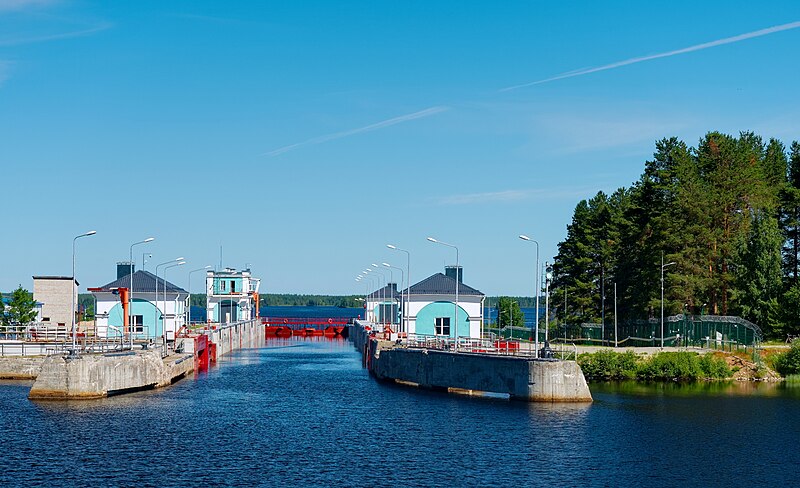Oman today_ The White Sea (Russian: Белое море) is a sea located on the northwest coast of Russia, considered a branch of the Barents Sea. To the west, it is bordered by Karelia, to the north by the Kola Peninsula, and to the northeast by the Kanin Peninsula. The White Sea covers an area of approximately 90,000 square kilometers, with an average depth of around 60 meters.
As an important waterway in Russia, particularly during the Soviet era, the White Sea played a vital role in transportation and trade. The White Sea–Baltic Canal, which opened in 1933, connects the sea to Lake Onega and, subsequently, to the Baltic Sea, providing access to Russia’s inland waters.
Due to its harsh climate and long-lasting ice conditions in the winter, the White Sea presents a challenging environment for human life and activities. However, its shores boast beautiful and diverse natural landscapes, including peninsulas, bays, and small islands.
Overall, the White Sea, with its rich history and unique geographical features, is an important part of Russia’s natural and cultural heritage.

